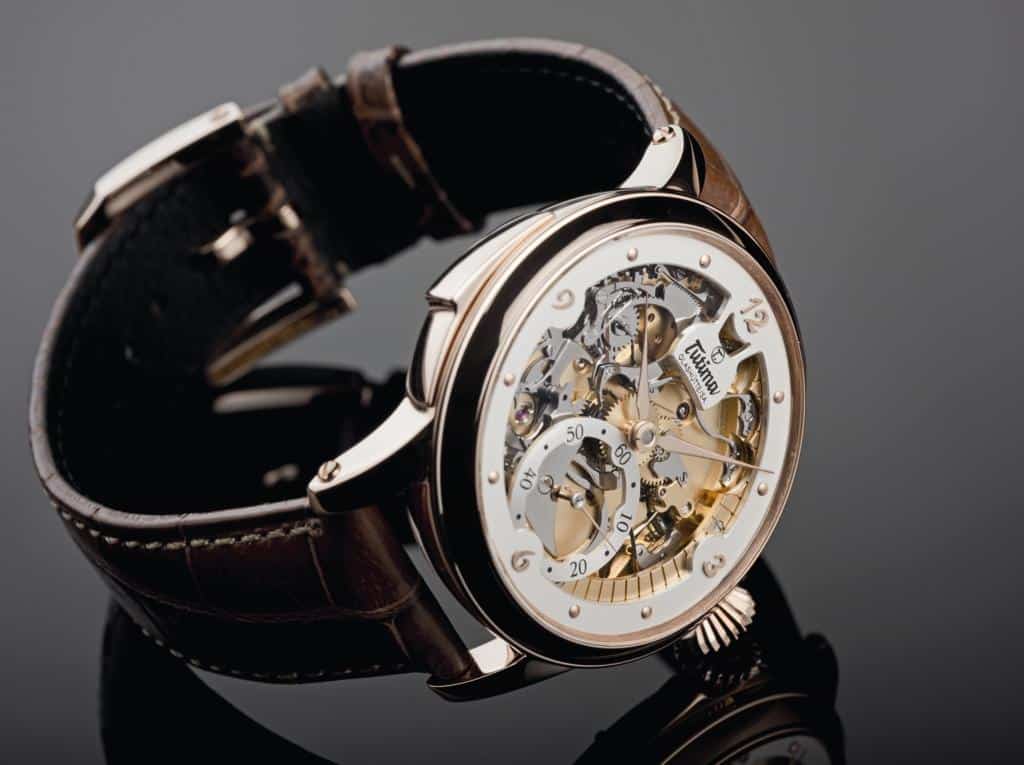After 66 years, Germany’s Tutima stages a triumphant return to its hometown, Glashütte.
On May 7, 1945, with the German Army routed and Russian troops storming toward Glashütte, the watchmaking village in Saxony near Germany’s eastern border, Ernst Kurtz fled the town. Kurtz was the founder and head of Glashütte’s largest watch company, UROFA/UFAG, whose most important brand was Tutima. In the previous weeks, in an effort to save his company, Kurtz had transferred stocks of watch movements and cases from Glashütte to Bavaria in the American-controlled south. The next day, May 8, Germany surrendered and the war ended. But the night before, in one of the last air raids of the war, the Russians bombed Glashütte, destroying much of the town, including watch factories and the home of Ernst Kurtz.
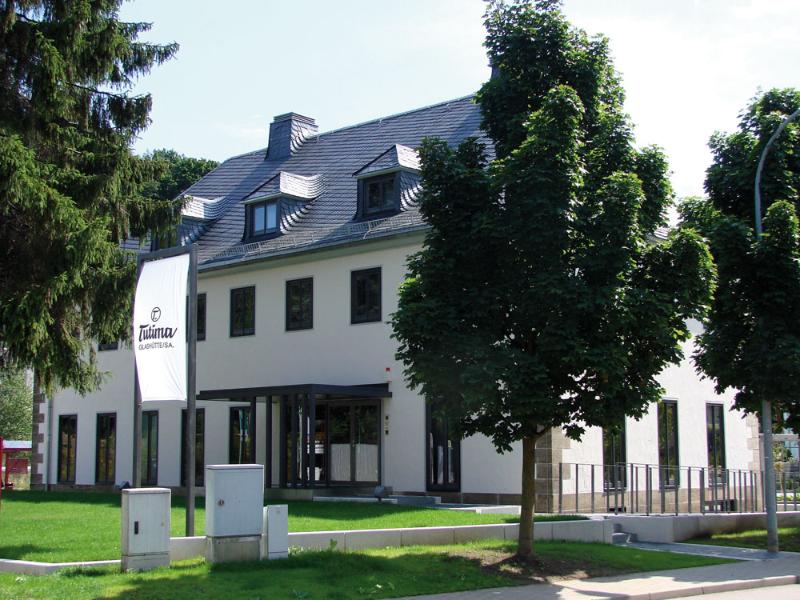
Kurtz, and Tutima, left Glashütte for good. Later that year, Kurtz resumed watchmaking in Memmelsdorf in Bavaria. In 1951 he moved the operation to Ganderkesee, near Bremen in north-west Germany. There, in the mid-1950s, he resurrected the Tutima brand. Unlike many Glashütte watch brands, Tutima not only survived the ravages of war, it prospered, thanks to Dieter Delecate, whom Kurtz hired in 1954. For the past 51 years, Delecate has owned and operated Tutima Uhrenfabrik in Ganderkesee. Delecate knew Kurtz well. “The Tutima brand meant much to Dr. Kurtz,” Delecate says. “He viewed his post-war career in West Germany as a form of exile.”
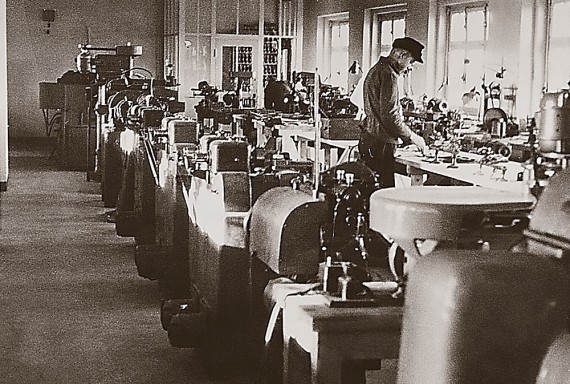
After all, it was in Glashütte – which was cut off from the West when the communist German Democratic Republic was formed in 1949 – that Kurtz created the Tutima brand as Glashütte’s first and finest wristwatch. It was there that Tutima got its enduring identity as an aviators’ watch. Now the exile is over. On May 12, Delecate, his son, Jörg, and daughter, Ute, both executives in the family business, officially inaugurated a new Tutima manufacture at Altenberger Strasse 6 in the center of Glashütte, just a stone’s throw from the site of the former UROFA/UFAG factory where the brand was born. After 66 years, Tutima is back home.
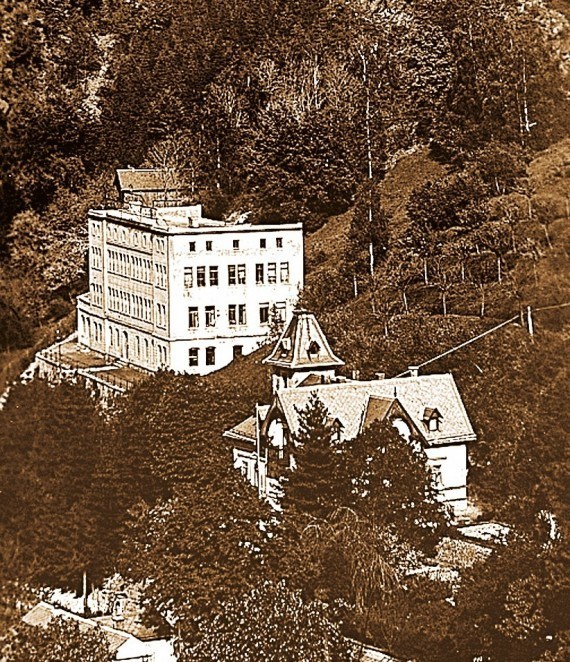
That day Tutima unveiled the first watch produced in the new manufacture. Delecate wanted the first timepiece to itself be a first, something that would stand as a tribute to Glashütte’s tradition of high mechanical watchmaking, to Tutima’s roots in the city, and to his mentor and Tutima’s founder, Ernst Kurtz. He wanted something that would be, as he put it, “news even for the Mecca of fine German watchmaking.” The result is the Tutima Hommage Minute Repeater, the first full minute repeater ever made in Glashütte – indeed, the first minute repeater in the history of German watchmaking.
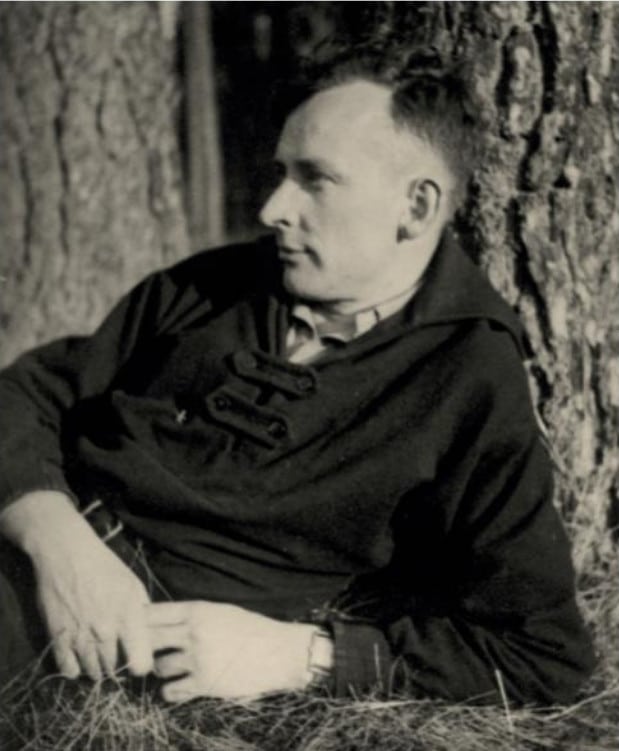
Three years in the making, the watch is the fruit of Tutima Glashütte’s technical team, headed by Rolf Lang, a master watchmaker with 47 years of experience and an expert on Glashütte’s watchmaking tradition. Lang himself designed the Hommage and made sure that it incorporated a number of elements distinctive to Glashütte. The watch’s hand-wound movement has more than 550 parts, each of which was hand-finished in the manufacture. Tutima will produce 25 Hommage watches, 20 with rose-gold cases ($244,000) and five with platinum case ($259,000). Five of the rose-gold pieces and the five platinum pieces are skeleton watches. All of them carry the Tutima logo with the new designation “Glashütte/SA.” (The “SA” is short for “Saxony.”)
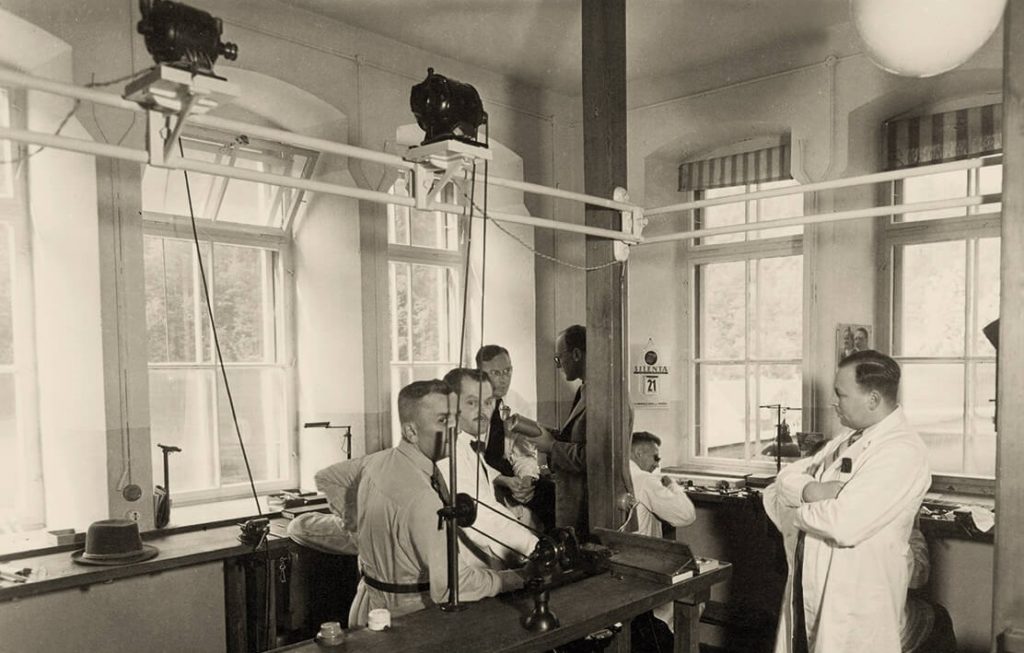
Tutima Executives are quick to point out that the Hommage Minute Repeater is intended as a “wow” watch. It does not represent a change of direction for the brand. Tutima has been known for pilots’ watches for more than 70 years, starting with the Flieger Chronograph of the 1940s, which Kurtz’s UROFA/UFAG made for the German Air Force. Tutima will remain true to its identity as a watch for professionals (aviation, diving, yachting, etc.). It did not return to Glashütte to compete with its Altenberger Strasse neighbors, A. Lange & Söhne and Glashütte Original, in the production of complicated mechanical watches. “This is a celebration, a message,” Gustavo Calzadilla, CEO of Tutima USA, says of the Hommage. “This is a statement that we have the ability to do just about anything. We are a real manufacture and this is the proof. But this is not the direction that we are going to go into full time.”
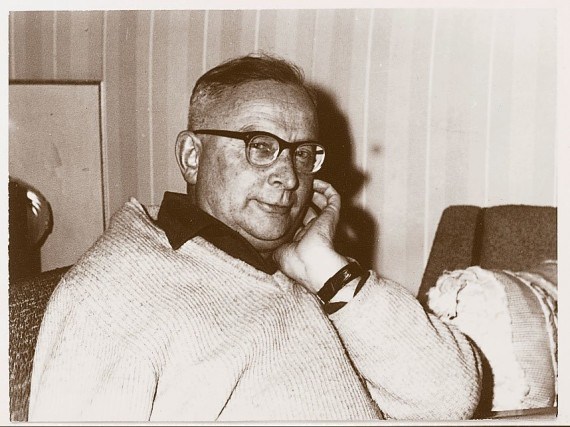
The ever-discreet Delecate offers no details about what products will come next. (He kept his surprising minute repeater a secret for three years!) But Tutima’s direction is clear. The return to Glashütte will enable the company to elevate the quality of its products and the image of the brand and to occupy a unique niche in German watchmaking: mechanical sports watches with in-house movements. Soon, Tutima executives say, Tutima will introduce new Glashütte-made movements for the regular line. In the pipeline, for example, are movements for the Tutima Military Chronograph 798, known as the NATO chronograph (it’s the official watch of NATO pilots), which Tutima has supplied to the German Army since 1985.
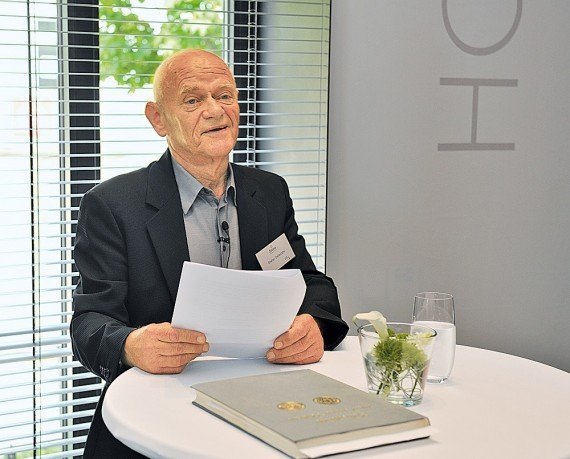
Until now, the watch has been powered by the legendary Lemania 5100 chronograph movement, which Tutima obtained from the Swatch Group. In 2004, the Swatch Group ceased manufacturing the 5100. When the Swatch Group announced that it would discontinue the movement, Tutima stocked up on it, but its supply of Lemania 5100s runs out this year. The plan is to replace the 5100 with its own in-house movement. Tutima’s transformation from movement purchaser to movement producer inevitably will elevate its image and its prices.
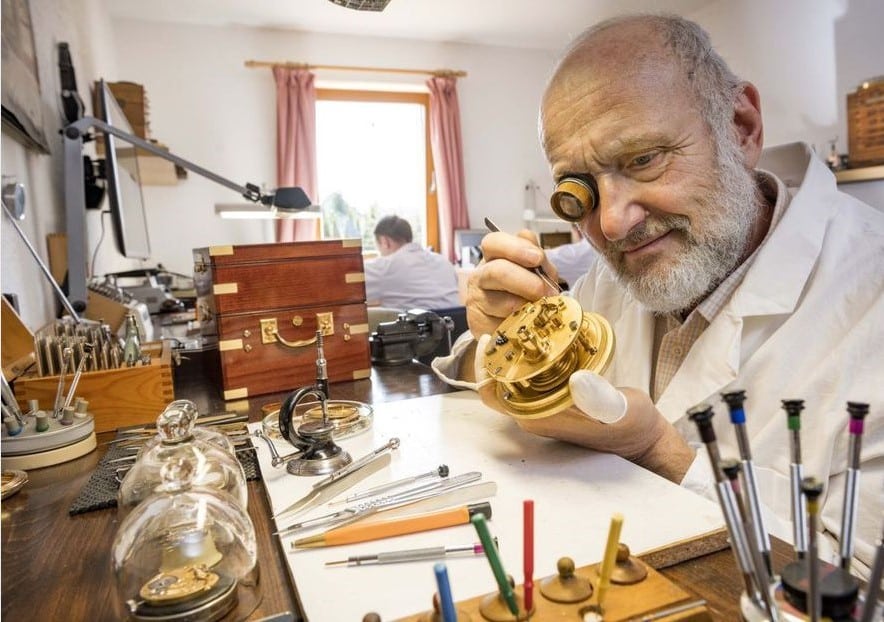
Calzadilla estimates that prices, which start today at $1,500, will roughly double, with the core collection ranging from about $3,000 to below $10,000, with gold pieces priced higher. Tutima expects that its repositioning as a German-engineered, German-made, manufacture watch will attract new customers (and some new retailers) to the brand. It will require some adjustments on the part of Tutima and its retailers, but nothing dramatic, Calzadilla says. Over the past four years, in anticipation of the brand’s impending manufacture status, he has reduced his retail network in the United States by nearly half, so that the brand is poised for a smooth transition.
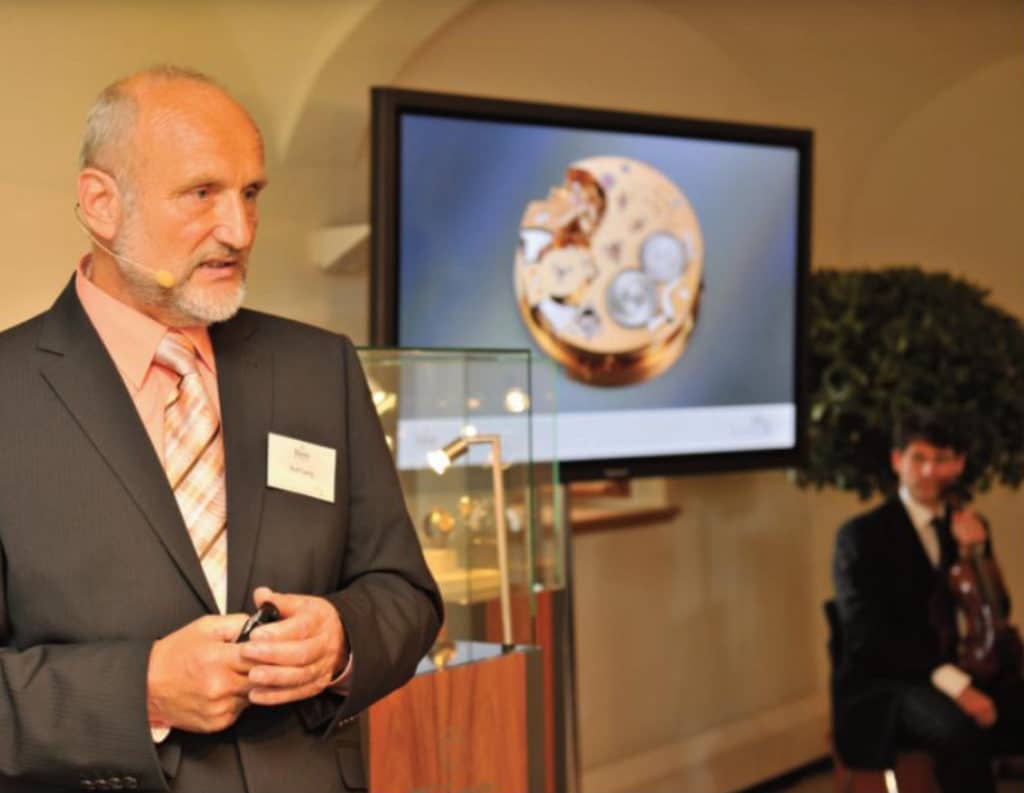
Tutima Glashütte, as the new manufacture is called, is housed in a newly renovated, three-story, white-walled building, which formerly was Glashütte’s traint station. Delecate purchased the building in 2005. It took three years to renovate it and turn it into a watch factory with all the equipment needed to produce watch movements, from movement design to final assembly. (“The only thing we cannot do,” says Lang, “is the hair-spring.” Tutima Glashütte, like almost everyone else, gets those from Nivarox in Switzerland.) In 2008, Lang began assembling a team of watch veterans and apprentices, 20 in all.
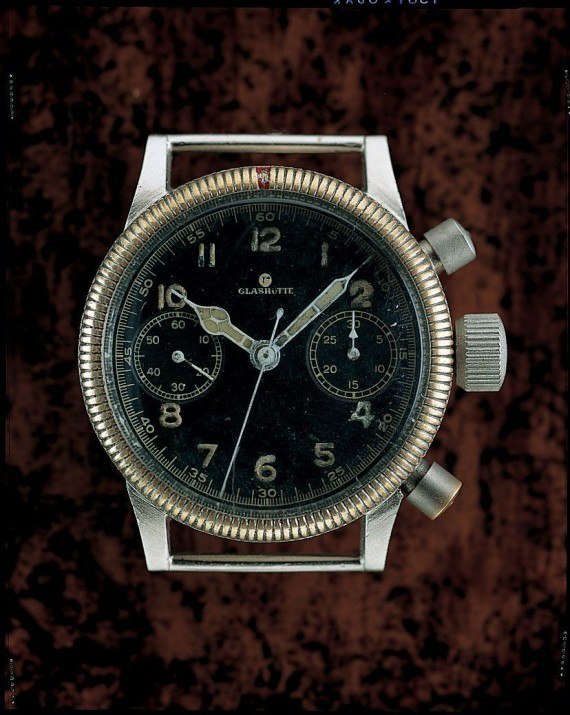
(The latest veteran is product manager Mathias Elbe, recently arrived from Glashütte Original, across the street.) Lang is an authority on the Saxon style of watchmaking; for years he was the head of restoration at the State Mathematics-Physics Salon in nearby Dresden. Whenever possible, he uses traditional local techniques in the factory. One example is finishing. “Our steel parts have to be finished by hand,” he explains. “We do finishing on a tin plate. It’s an old technology that we are bringing back to Glashütte.”
He has trained four women in the technique. For polishing, Tutima Glashütte uses the so-called “Glashütte black” process, using a diamond paste that makes the angles appear black. Job one for the new team was the development and production of the Hommage watch, which was created from scratch, no small feat for a new manufacture. Now it’s on to new movements for Tutima’s standard collections. Currently Tutima Glashütte only makes movements; watch assembly remains in Ganderkesee. However, Delecate says, “Sooner or later Tutima will move to Glashütte completely.”
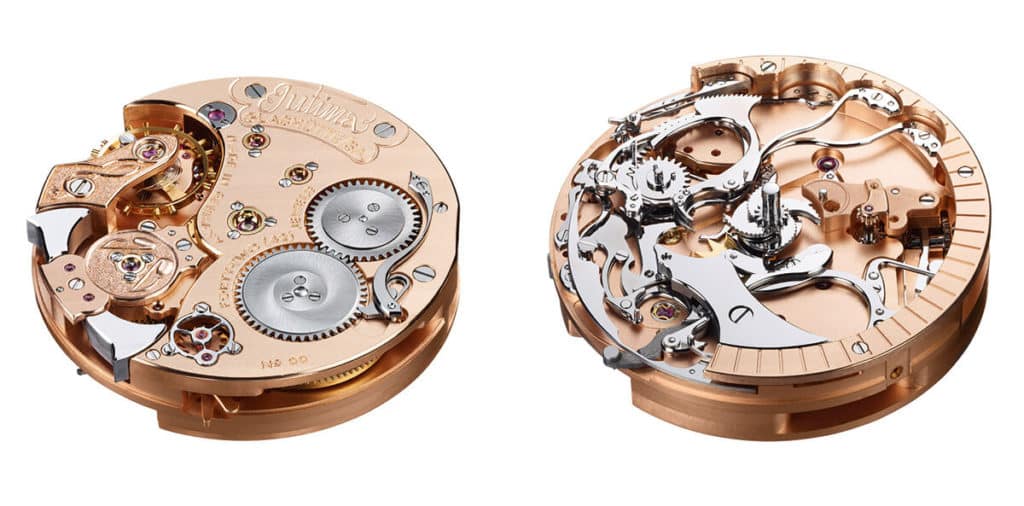
Tutima’s Return is another step in the remarkable resurgence of fine watchmaking in Glashütte since German reunification in 1990. A public sign at the rail and bus depot next to Tutima Glashütte notes that three are today 11 different firms manufacturing watches in Glashütte, whose population numbers just 4,700. Today the tiny town basks in peace and prosperity. It’s a stark contrast to the nightmare years that marked Tutima’s beginnings. Tutima has a fascinating history – one, Delecate says, that “has not been sufficiently recognized so far.” The central figure in the drama is Ernst Kurtz.
Kurtz arrived in Glashütte at a desperate time in the town’s history. After World War I, the market for the exclusive, expensive pocketwatches that were Glashütte’s specialty collapsed. In 1918, the Glashütte industry banded together to form a cooperative called DPUG (Deutsch Präzisions-Uhren-Fabrik Glashütte) to make inexpensive pocketwatches. The combine produced about 10,000 pocketwatches a year. But in 1925, with hyperinflation and other ills ravaging the German economy, DPUG went bankrupt. With most Dresden watch firms in bankruptcy (the famous Assmann firm failed the same year), the Dresden Girozentrale bank sent Kurtz, a 25-year-old lawyer, to deal with the DPUG mess. He developed a plan that, simply put, saved Glashütte’s watchmaking industry.
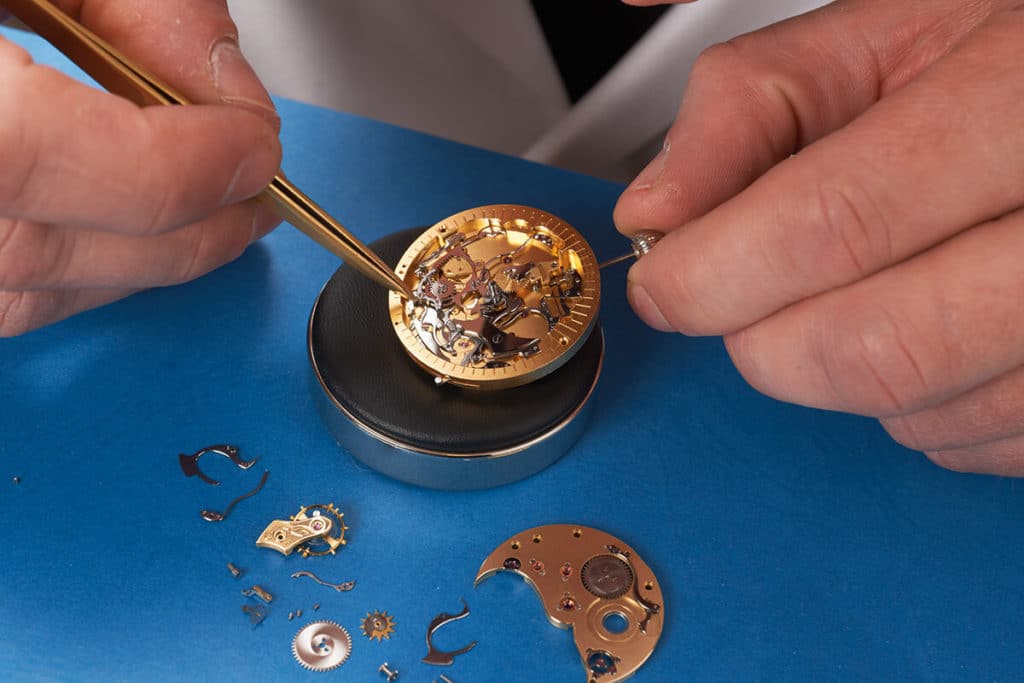
Out of the ruins of DPUG, he created two related companies, one to make watch movements (Uhren-Rohwerke Fabrik Glashütte, called UROFA), the other to make finished watches (Uhren-fabrik Glashütte, called UFAG). Kurtz wrote the articles of incorporation himself, served as managing director of both companies, and was the sole member of the board. The Girocentrale Bank approved the plan and financed it. Kurtz proceeded to transform watchmaking in Glashütte. Through UROFA/UFAG, he orchestrated the urgent and difficult transition from small-batch, hand-manufactured pocketwatches – which in the dire economic conditions of the 1920s were unsellable – to industrially produced wristwatches. Glashütte had no experience making wristwatches.
To get it, Kurtz acquired the Emil Judith firm, in Bienne, Switzerland, and brought the chief engineers and the machinery to Glashütte. By 1928, UROFA/UFAG was producing wristwatches using its own ébauches. Walter Lange, former chairman of A. Lange & Söhne, in his book The Revival of Time, praises Kurtz’s pioneering vision. Writing about Glashütte’s difficulties in the 1920s, he says, “The entire Glashütte watch industry was performing more poorly than ever. Only UROFA, under the management of Dr. Ernst Kurtz, recognized the opportunity offered by favorably priced, industrially manufactured movements and the trend toward the wristwatch.”
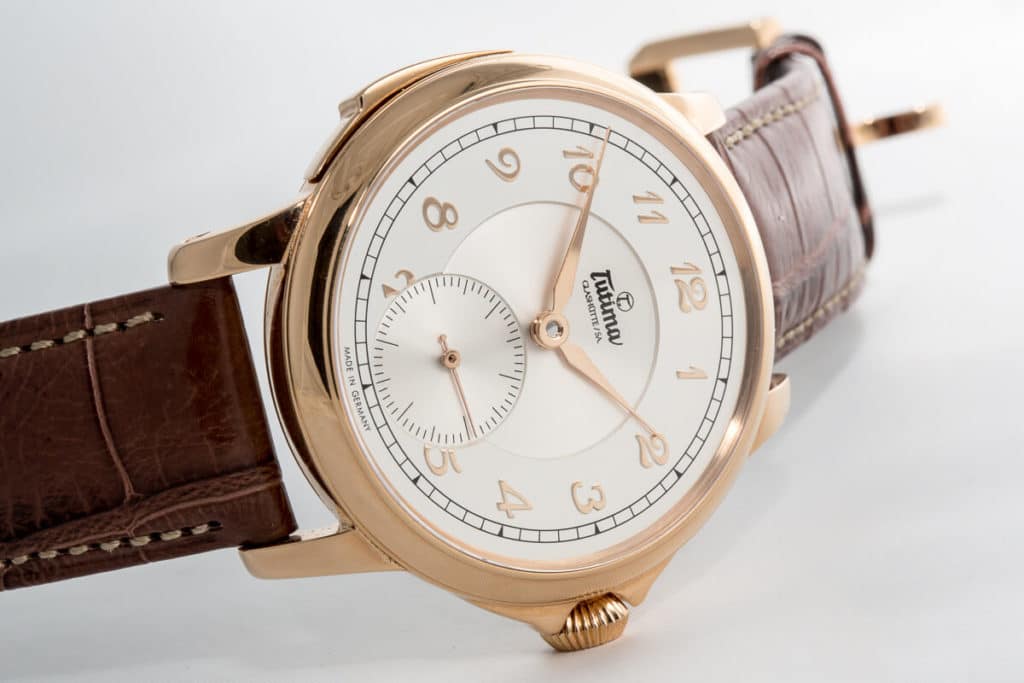
In this struggle for Glashütte’s survival as a watch center, Tutima was born. Kurtz and his team decided to create a brand for their top-quality watches. The name they chose was “Tutima,” derived from the Latin word tutus, meaning “safe” or “protected.” Kurtz’s industrialization strategy worked. Glashütte’s wristwatches sold well in Germany and Tutima’s reputation grew. So did UROFA/UFAG. In the 1930s it employed about 1,000 people in a town of fewer than 2,500. When Europe went to war again in 1939, the Germany military placed orders for a watch for the German Air Force.
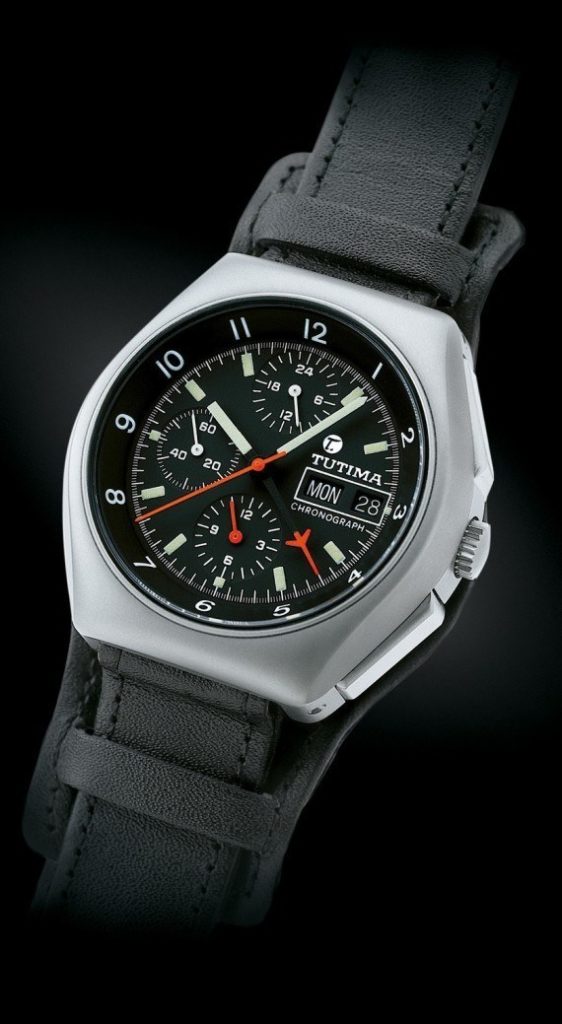
UROFA developed the now famous Caliber 59, the first German chronograph with a flyback mechanism. UFAG’s Tutima Flieger Chronograph gave the brand a new identity. (It’s the inspiration for Tutima’s Classic and Grand Classic collections.) The Flieger Chronograph had a 30-minute counter at 3 o’clock, a continuous seconds hand at 9 o’clock, a 38.7-mm round case, a distinctive milled rotating bezel with a red-line marker, large push-buttons and a giant crown. Its large, luminous hour and minute hands were easy to read on the black dial, as were its large Arabic numerals. Under the 12 marker was the Greek letter tau, Tutima’s symbol, above the word “Glashütte.”
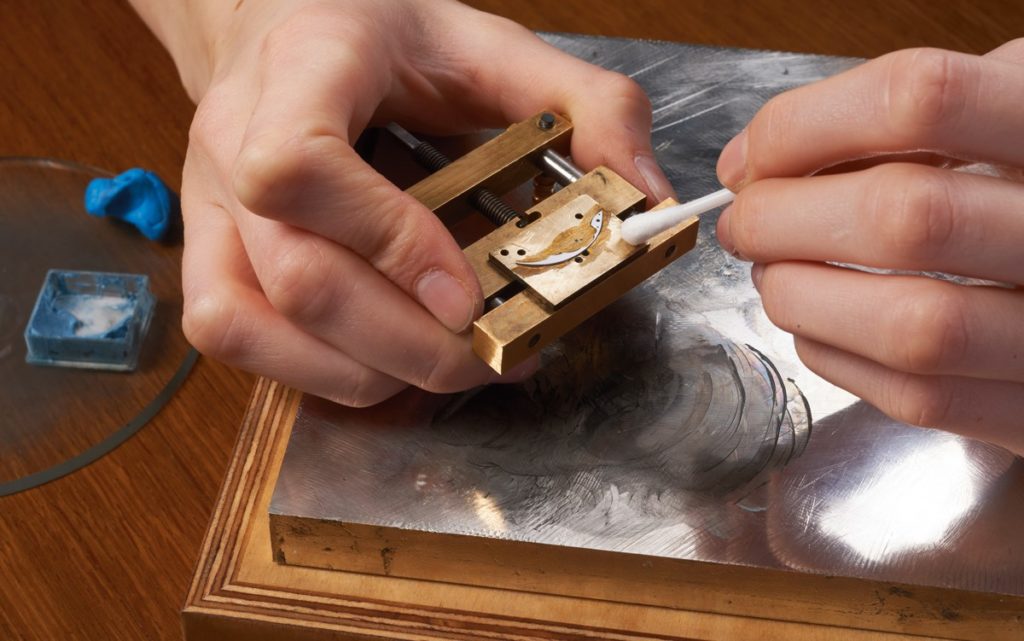
UROFA/UFAG produced around 30,000 Flieger Chronographs during the course of the war. It was the last Tutima watch made in Glashütte until the new Hommage. Some UROFA/UFAG employees followed Kurtz to Memmelsdorf after the war. After moving to Ganderkesee in the 1950s, Kurtz, in effect, passed the Tutima torch to Delecate. In 1960, Delecate purchased the rights to the Tutima name, established Tutima Uhrenfabrik GmbH in Ganderkesee, and proceeded to revive the brand using Swiss-made movements. Kurtz lived to see Tutima’s comeback. He died in Ganderkesee in 1997 at the age of 96. At the manufacture’s official opening, the man responsible for both the revival and the return, now in his mid-70s, offered a succinct and moving summary. “This day has a special meaning for me,” Delecate said. “A day full of past, present, and future.”
